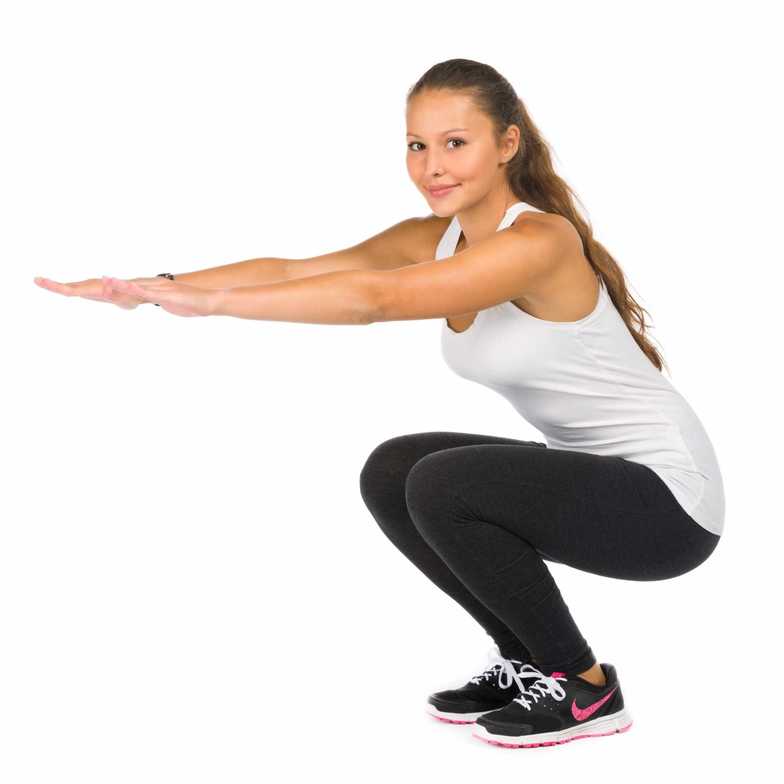
The Squat is bad for your knees oh wait, now they’re ok. Don’t let your knees get out over your toes or else. Don’t have your feet outside of your hips, scratch that, now it’s ok. I’ve heard all the same contradictions and just blatant bad advice that you have. Stick around to get the real low down on an age old movement!
What is a Squat? Does it require external weight/resistance, must it be done in a gym, is it for athletes, can you go below parallel and will it cause damage? These questions are just the tip of the iceberg when we start talking about the squat. Hopefully this blog will help dispel some myths and educate you on the benefit of the Squat!
First, let’s define what a squat is! A squat is a movement/exercise in which a person lowers their hips from a standing position and then stands back up. More specifically, it is to sit with knees bent and heels close to or touching the buttocks or the back of the thighs. Based on the definition alone we can see that we all perform some version of a squat several times a day.
Are there specific situations where some people might be advised against a full squat? We usually see limitations for people with a specific injury or surgery that would prevent them from safely performing a squat. Every time you sit down or stand up, you are doing a squat with gravity acting as resistance. A great way for a beginner to perform a squat while learning proper technique is to use just bodyweight. Once a good foundation is created then extra resistance can be added.
The squat is an excellent exercise for people across all walks of life. The squat requires activation of many large muscle groups in the body, which in turn has many benefits. Core, leg, hip and back muscles are all used and strengthened when squatting. Old science suggested that allowing the knees to travel past the toes would result in injury. This unfortunately created a generation of people who lack strength through a full range of motion. More research and data are proving that sinking the hips below parallel and allowing the knees to come forward is developing stronger legs/knees.
Obviously the appropriate weight/resistance allows for adequate growth and stabilization of the ankles, knees, hips and low back. Injuries usually occur when there is an imbalance creating a point of failure. Poor range of motion (ROM), a lack of flexibility and inadequate recovery are the common factors in injuries. When we fix these factors the health of the body improves and the squat once again becomes a phenomenal exercise for everyone. Working with a trained professional who understands the mechanics of the body during exercise can drastically reduce your chances for injury and improve your success rate.
If you struggle with performing a squat or want to take your abilities to the next level, now is the time for change! Schedule a consultation with The Studio for a free assessment and let us show you what you are capable of with the right guidance!





